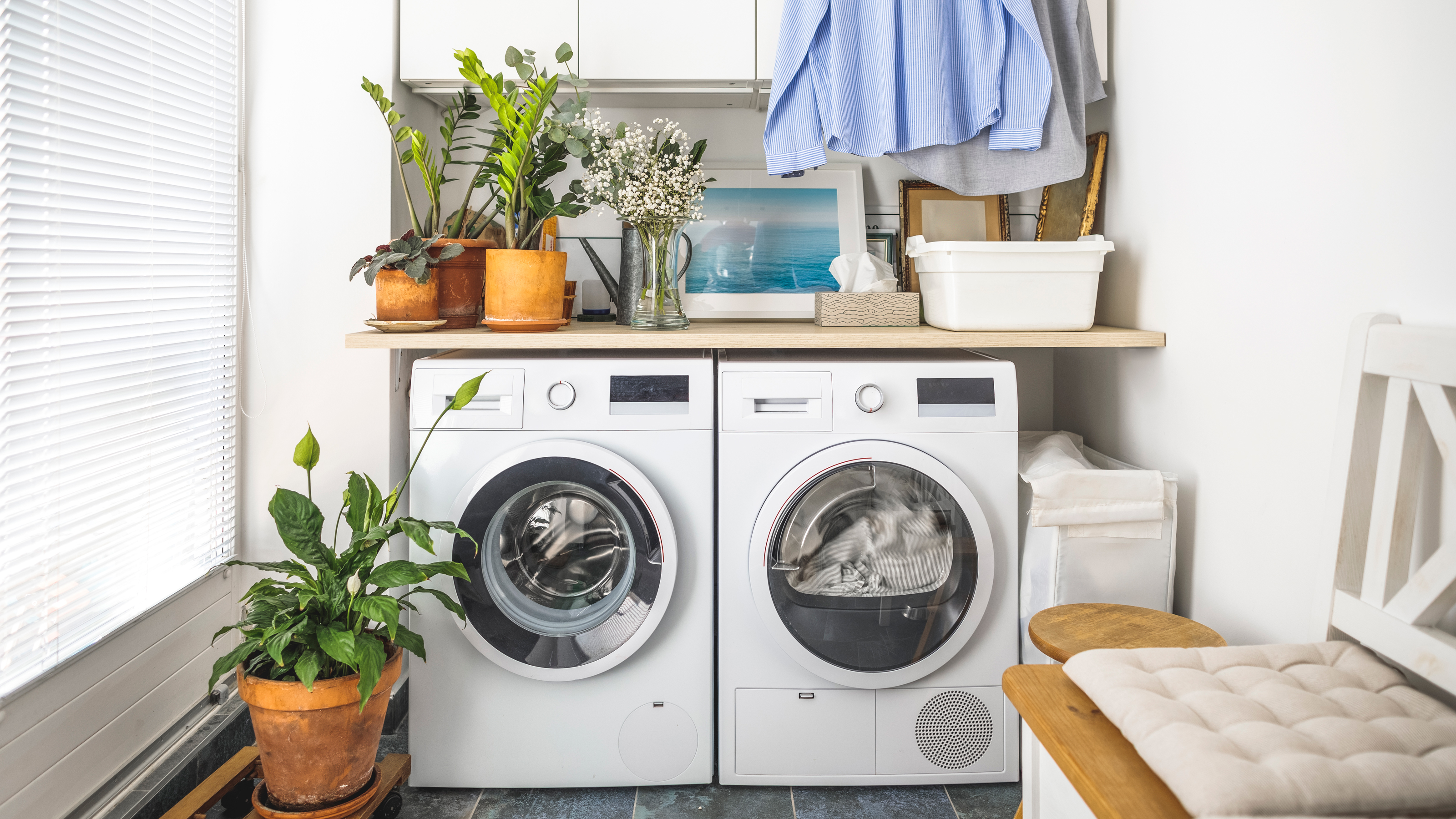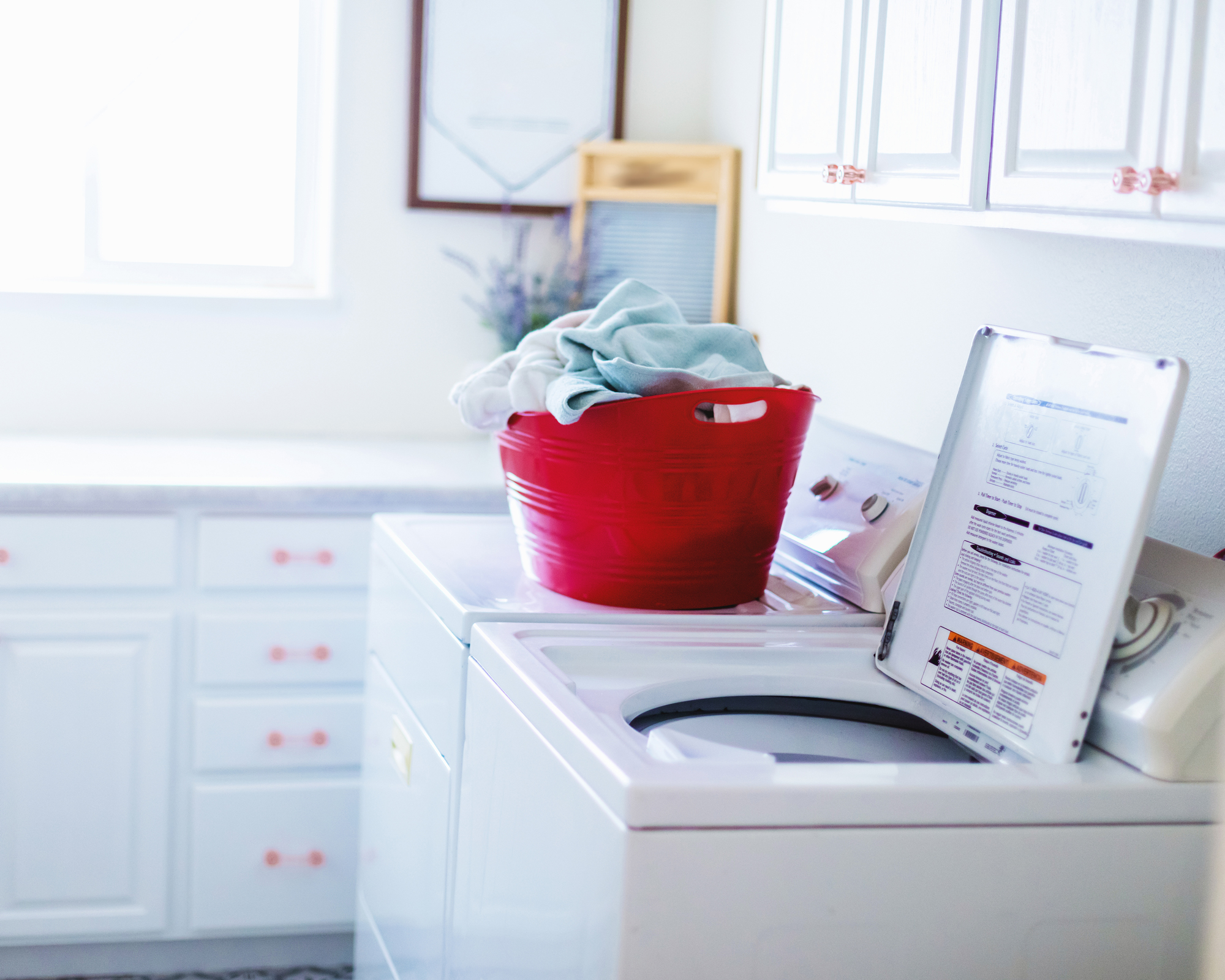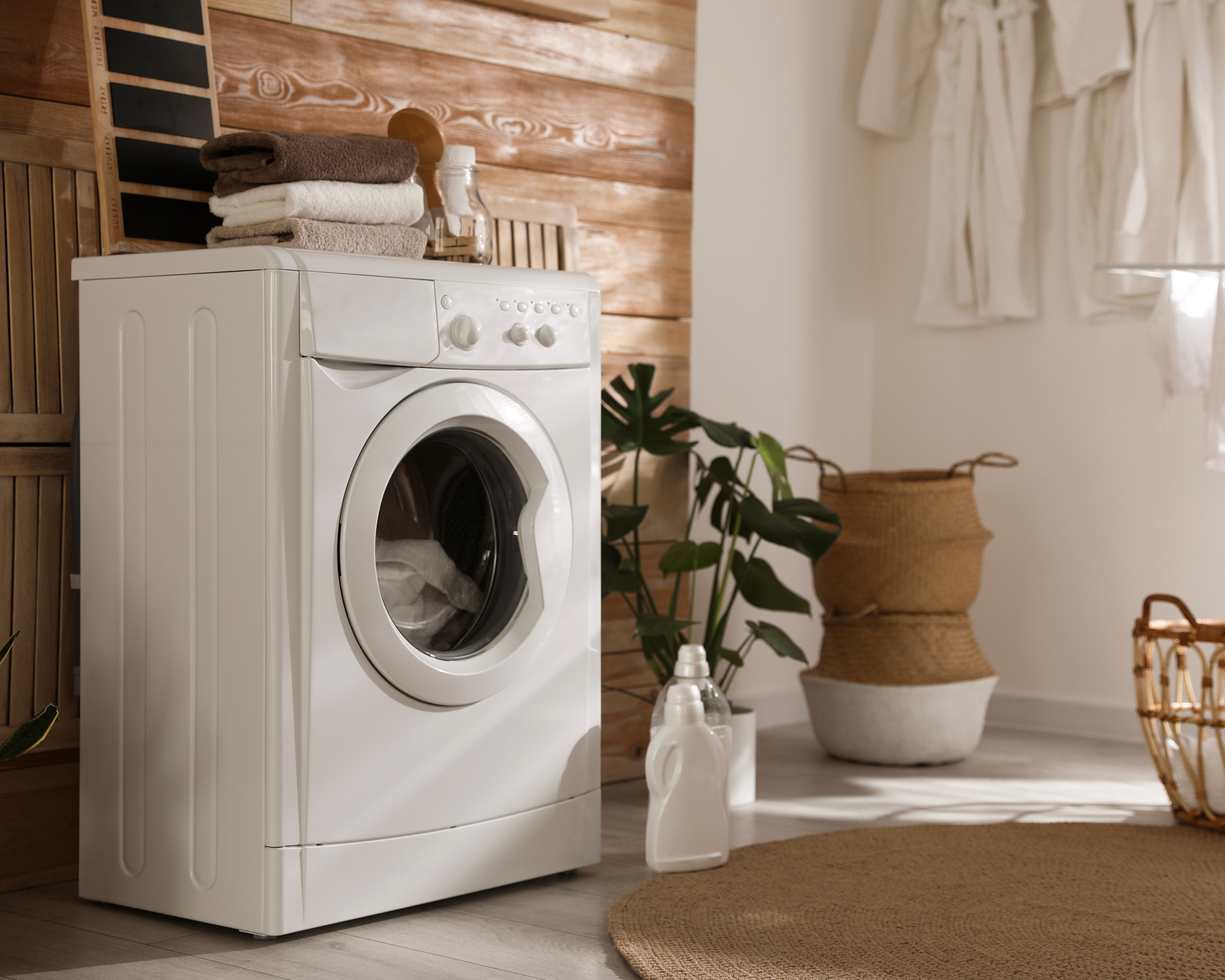How to disconnect a washing machine
Find out how to disconnect a washing machine, whether for moving or repairs

Knowing how to disconnest a washing machine is essential for anyone who owns one. It is not just something that can be left to an engineer for servicing and repair – there are times when every homeowner will have to do it themselves. If you are moving home or buying a replacement, for example.
And although some tradesmen will disconnect the machine for you, others will need you to disconnect it before they come, especially if they'll be taking away your machine.
Also, even the best washing machines sometimes break down mid-cycle, in which case you'll want to disconnect yours as soon as possible.
Whatever the reason you need to disconnect your washing machine, here's how to do it quickly and safely.

How to disconnect a washing machine
Whatever the reason for you disconnecting your washing machine – it needs to be replaced or is leaking – you'll need arm yourself with a bucket and towels, as you will need to collect the water that will come out of the pipes (don't be alarmed by this, it's normal). Even a functioning washing machine that has finished pumping out will still have a bit of residual water in the outlets.
1. Switch off the water supply
To properly disconnect your washing machine, you first will need to switch off the water supply. In newer homes, your water supply on/off valve will be in the washer box, which is located either directly above or behind your washing machine. Some modern washers can have an automatic shut-off valve that will cut off the water supply if a leak is detected.
In other cases, there may be a pipe to the washing machine that has an isolated valve to switch off.
Get small space home decor ideas, celeb inspiration, DIY tips and more, straight to your inbox!
2. Unplug the machine
Now, before you do anything else, make sure you unplug you washing machine from the wall. If your plug is behind the washing machine, you will need to perform step three first.
3. Pull the washing machine out
You will need your bucket and towels at this point. Pull the washer away from th wall, as far as you can without disconnecting it. Place the towels and buckets at the back of the machine, where the hoses are.
4. Disconnect the hoses
You will see two pipes: the water pipe (usually blue, connected to the wall) and the waste pipe, usually grey and ribbed, connected to the kitchen waste. You'll need a wrench to unscrew the water pipe from the wall. Do this carefully, with the bucket positioned underneath the pipe, as some water will come out. Once you've disconnected it from the wall, pull out the other end from the machine with a bucket or towel below to catch any run off.
The waste pipe is even easier to remove – simply pull it out of the waste pipe it is inserted in, but again, take care to catch any wastewater that comes out as you do so. Disconnect the other end from the machine. Mop up any excess water on the floor with a towel. That's it, you're ready to remove your old machine.
If your washer is full of water and you can't move it to disconnect it, you'll need to do step five (below) first.
5. If you washer is full of water, drain it first
Jake Romano, of John The Plumber, says that 'if the washing machine is full of water, you might have a hard time moving it.' And if your washing machine is not draining and has locked itself into anti-flood mode, you'll have to empty in manually. Romano has several options for doing this, depending on the type of washing machine you have.
So, if you have a top loader, try the following:
- Use a cup or small bucket to bail the washing machine.
- Use a wet/dry vacuum. If you have a small shopvac, place it in your laundry sink, vacuum out as much water as the vacuum can handle, empty it into the sink, and repeat.
- Use a water pump if you have one. (E.g. a pump used for draining flooded basements or boats or used in hydroponic gardens or fish tanks).
- If you have a long piece of hose, use this to siphon the water from the machine to a sink, bucket, or outside.
If you have a front loader and you need to empty it, you'll need to drain it through the filter at the front, which can be accessed by removing the bottom panel of your washing machine. Removing the bottom panels sometimes requires unscrewing it on older models, but most newer models allow you to remove it quite easily by gently pulling it.
Then 'there will usually be a screw cap. Unscrew when you're ready to release the water. Put the cap back when it's drained.
'Some machines aren't designed to drain as easily. You may need to turn a knob under the drain pump filter. But the water will drain underneath and it can be messy.'
The more towels you can use for this job, the better! The filter is pretty low so a bucket will not fit underneath. If you have a shallow tray this will catch some (but probably not all) of the water.

Can one person disconnect a washing machine?
Yes, if you're strong enough to pull the washing machine out. Disconnecting a washing machine is a relatively easy job, and if you can gently slide the washing machine back (some have wheels), you can move it out of the way easily.
What you shouldn't attempt is moving a disconnected washing machine up/down stairs or loading it onto a vehicle – these are two-person jobs, always.
Do I need to unplug the washing machine before I shut off the water supply?
Romano says: 'It doesn't really matter what you do first, whether you unplug the machine or turn off the water supply. Just make sure you do both!'
Anna is a professional writer with many years of experience. She has a passion for contemporary home decor and gardening. She covers a range of topics, from practical advice to interior and garden design.